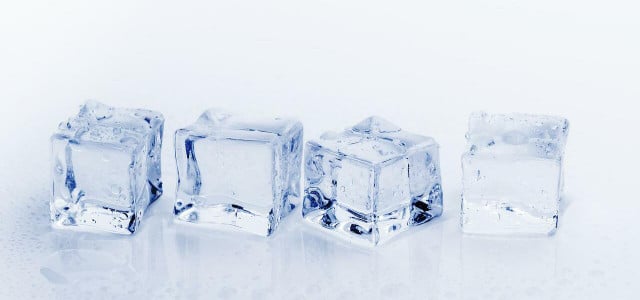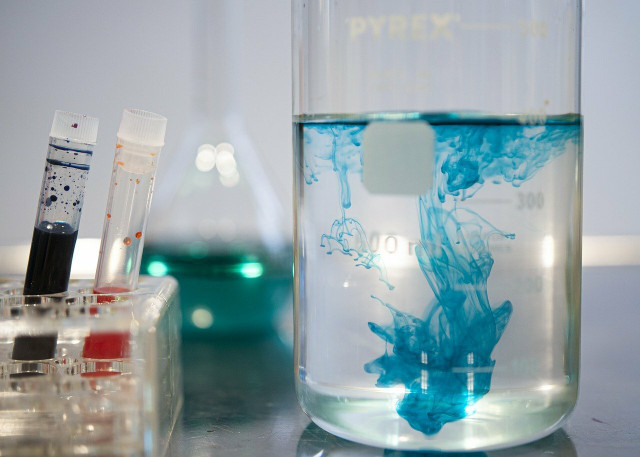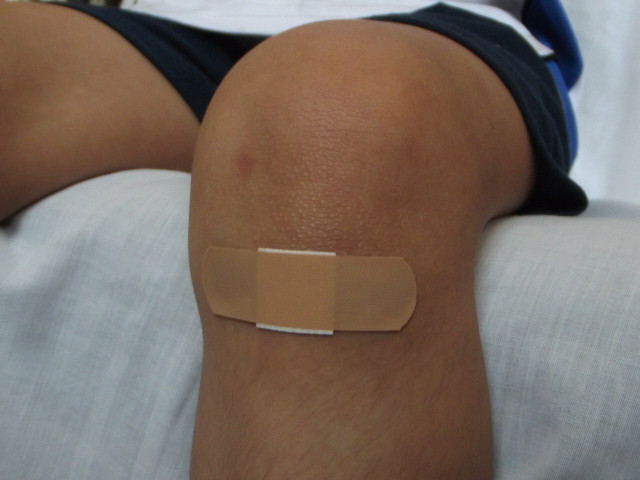
Making cooling pads yourself is quick and not difficult. They are useful, for example, for providing first aid and relieving pain in the event of an injury. We’ll tell you a recipe with natural ingredients.
Making a cooling pad yourself has various advantages. You refrain from using harmful chemicals and then know exactly what is contained in the homemade gel compresses. You can also get creative with the production and mix the gel filling in the colors of your choice. The finished cooling pads are versatile for cooling, but can also be used for heating.
Make your own cooling pad: Here’s how

(Photo: CC0 / Pixabay / Bokskapet)
To make a cooling pad yourself, you only need a few household tools:
- 80 ml water (cold)
- 27 grams of salt
- 13 g cornstarch
- A ziplock food bag (approx. 10 x 15 cm)
- Pot, spoon, whisk
- Food coloring to taste
Tip: Do not use conventional plastic freezer bags so that your cooling pad is as sustainable as possible. As an alternative, use reusable food bags (available at Avocadostore**).
Proceed as follows when making the cooling pad:
- Whisk together the water, salt, and starch in a saucepan.
- Heat the mixture, stirring constantly to avoid lumps forming.
- Remove the mixture from the heat once it has turned to a gel-like consistency.
- Mix in some food coloring of your choice, if desired.
- Let the gel cool down.
- Scoop the gel into the food bag with a spoon. Make sure that your cooling pad is not too bulging so that it can adapt to the body later.
- Squeeze out excess air and seal the bag.
- Place your cooling pad in the freezer.
Tip: You can make a simpler variant of the cooling pad by filling the food bag with beans, lentils or chickpeas instead of the gel. Put the filled bag in your freezer and use it like a gel compress if necessary.
Tips: How to use your cooling pad

(Photo: CC0 / Pixabay / saulhm)
The homemade cooling pads are versatile. Just like conventional cooling pads, you can use them over and over again. Simply put them back in the freezer after use. Use cooling pads for light bruises, sprains, insect bites or toothache, for example.
How to use your cooling pad:
- Get the gel pack out of the freezer when you need it. If it’s too hard, let it sit at room temperature for a moment. So it becomes flexible again.
- Wrap the cooling pad in a washcloth or cloth before putting it on. This will help you avoid local frostbite on the skin.
- You can also use the gel pad as a warm wrap. To do this, place the bag in hot water until it warms up. Warning: the water must not boil. You should also not put your pad in the microwave, otherwise the plastic bag could melt.
- You can also use the cooling pad to cool food, for example grilled food or drinks in summer.
That’s why you should avoid conventional cooling pads

(Photo: CC0 / Pixabay / xaviervandeputte0)
By making your own ice packs you can be sure that they are free from harmful chemicals. Conventional cooling pads, on the other hand, often contain substances that can be harmful to health.
One of these substances of concern is propylene glycol. Propylene glycol is a clear, transparent liquid that is added to cosmetics or household items, for example, to bind water. However, the German Cancer Research Center informs that propylene glycol can cause irritation and other health consequences if it comes into contact with the eyes, skin and respiratory tract. Therefore, conventional cooling pads should be used with caution and only under supervision in children.
In addition to propylene glycol, most conventional cooling pads also contain plasticizers. Depending on the chemical compound, these can also be harmful to health. It is therefore advisable not to use conventional cooling pads.
Read more on Techzle.com:
- Make cherry seed pillows yourself in the cherry season
- Make soap yourself: instructions with natural ingredients
- Stop bleeding: This helps with injuries and cuts